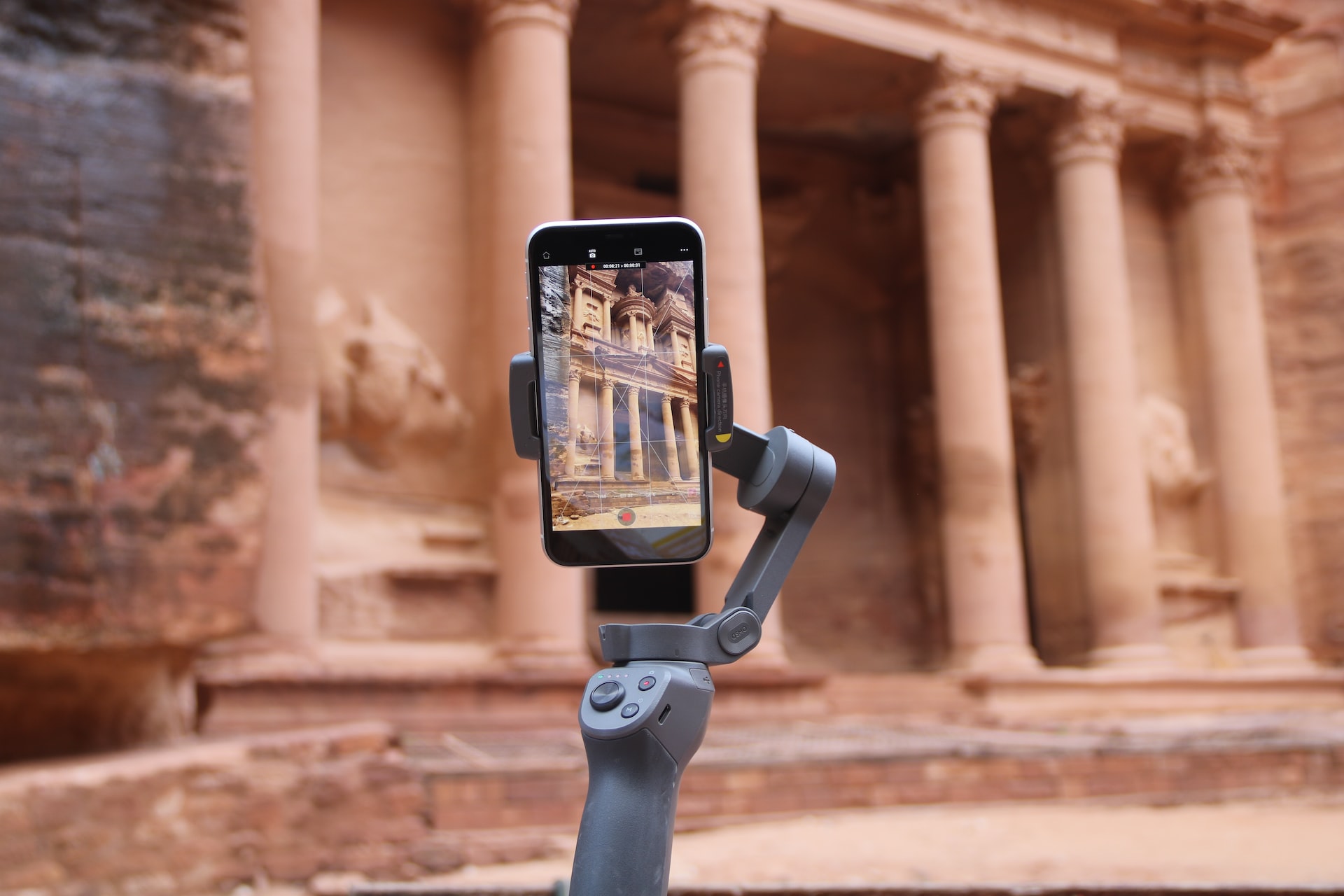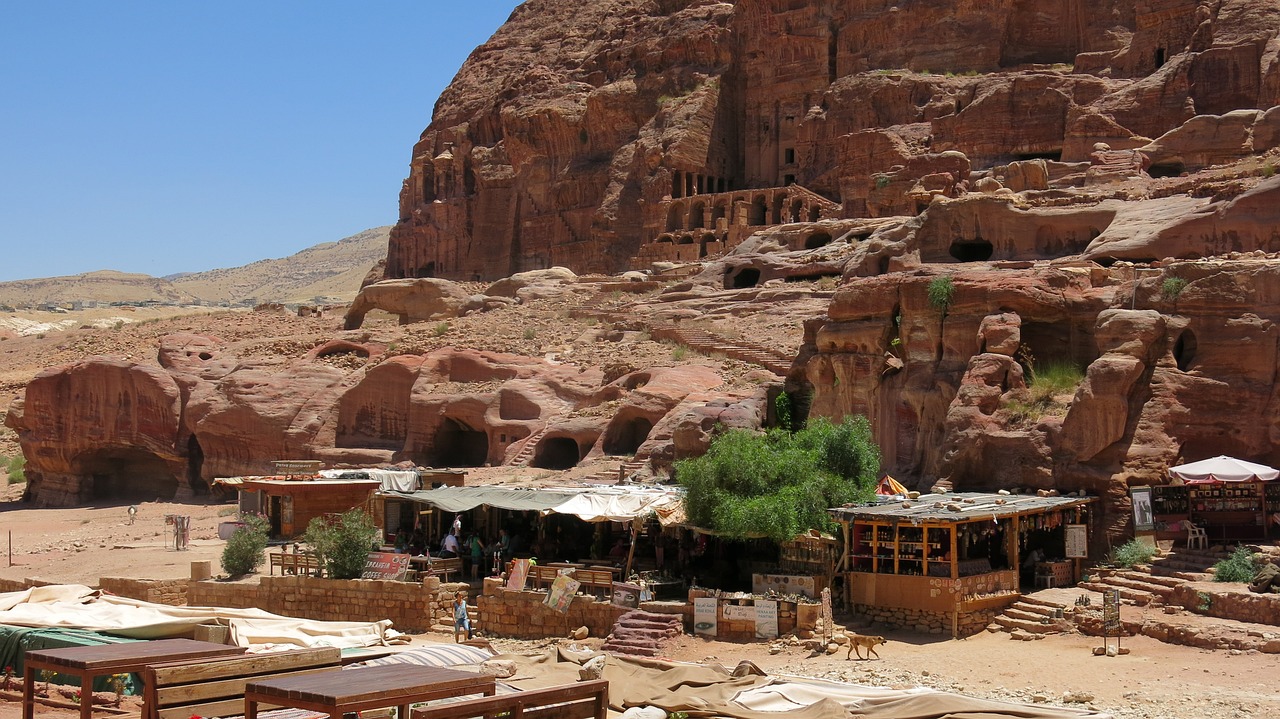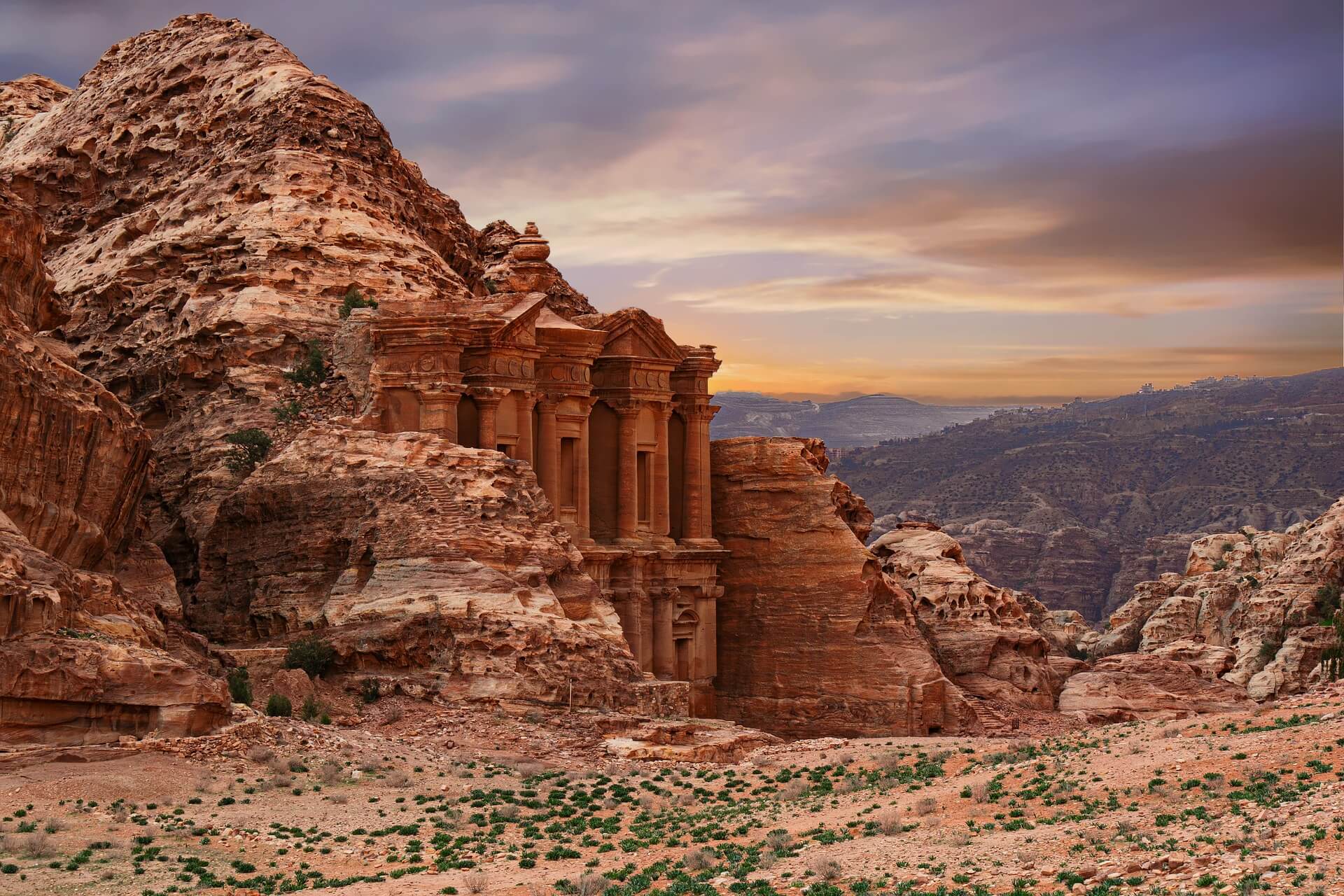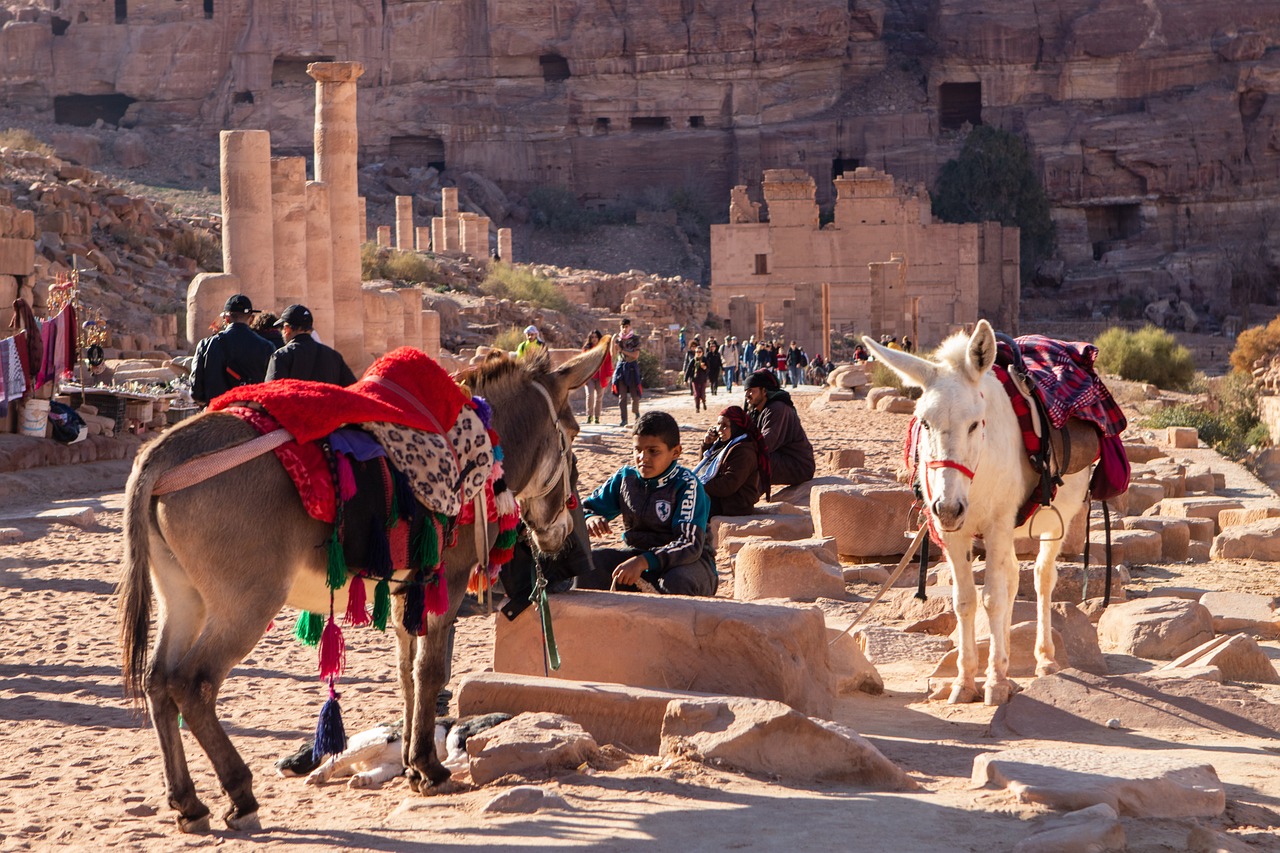7 Common Mistakes Tourists Make in Jordan
The kingdom of Jordan is filled to the brim with exotic attractions, fascinating history, and views you won't soon forget: from the ancient temples of Petra to the colorful landscapes of Wadi Rum that looks like an alien planet.
It's not surprising that so many tourists flock to Jordan either by organized Petra and Wadi Rum Tours or just traveling on their own. But many of them make these common mistakes that could cause unnecessary complications and even ruin their vacation. Here are the seven you must know to avoid.
 The sights are magnificent, and so are some of the mistakes tourists make
The sights are magnificent, and so are some of the mistakes tourists make
1. Relying on credit cards
In many parts of the modern world, we’re used to whipping out our credit cards for everything - from a large purchase to a cup of coffee. But this is not the case in many parts of Jordan, especially outside the capital; you’ll find that simply a Visa or Mastercard will leave you woefully underprepared when it’s time to settle the bill.
Many post offices, grocery shops, cafes, and even restaurants will not take credit cards so do come prepared. The national currency is the Jordanian dinar (DOJ) and, if possible, change money beforehand, to be assured of the best rates.
 A Cafe in Petra
A Cafe in Petra
If you are arriving in Jordan from Israel, and have been in Jerusalem beforehand, there's an excellent place to change dollars (or shekels) into dinars is in the Old City: the Damascus Gate area, where exchange rates are quite competitive. Be prepared to bargain hard though.
Keep in mind that while Jordan is not eye-wateringly expensive in the way London, Tokyo, NYC, and even Tel Aviv can be - it’s not super cheap, so err on the side of caution and bring more cash than you think you might need!
2. Assuming that it won’t be cold
The fact that Jordan is situated in the Middle East leads many people to assume that the weather will always be hot, on a visit. This is not the case!
Whilst summers in Jordan can be scorching, winter days can be rainy and, in the desert, temperatures will drop considerably the moment the sun has gone down.
 Petra at night. Don't forget to take a jacket!
Petra at night. Don't forget to take a jacket!
This means that if you’re visiting Petra and Wadi Rum between November and February, you need to bring warm clothing. This should include not just a sweater but a fleece jacket, scarf, hat, and gloves.
If you want to be prepared, bring something waterproof to wear too; very occasionally there’s a torrential downpour and if you’re exploring a lost city, you may well be exposed to the elements!
3. Thinking Petra is a One-Day stop
Many people think a day trip to Petra will suffice when visiting Jordan, but we’d recommend putting aside more time because not only is it an extraordinarily beautiful place to explore (it has UNESCO status) but it’s also much larger than you think.
The lost city of Petra incorporates not just the Siq passage and the famous Petra Treasury, but tombs, caves, and a ‘wow factor’ Monastery. If you only have a day in Petra, there’s no way you can fit all that in…after all, even if you hire a donkey, there’s a lot of walking involved!
 The amazing Petra Monastery
The amazing Petra Monastery
If you stay overnight (i.e. take a 2-day Petra tour) not only will you have the opportunity to see it by night - lit up by thousands of candles - but arrive early in the morning, to walk the narrow Siq passageway and arrive at the Treasury before the daytrippers all arrive, a few hours later.
Accommodation in Wadi Musa (the town in which Petra is nestled) is plentiful, and many people love the Bedouin-style upmarket camping option - even better, if you travel onto Wadi Rum, afterward, you can sleep in a ‘Martian pod’ (they have transparent roofs, ensuite bathrooms and transport you to another dimension, hence the name!). Bottom line: Just a one-day trip to Petra might be great, but will leave you hungry for more.
4. Thinking Horse and Doney rides are completely Free
Every Petra Tour starts at the entrance to the Petra Archeological Park, and every visitor immediately sees plenty of smiling locals offering to take them on a horse or donkey ride down the Siq. This ride is included in their ticket price, but tourists fail to realize the locals expect a big tip when the ride ends. To avoid quarrels, you should always settle the tip before you start and agree on an exact sum.
 These rides are not free. Donkeys at the Petra Archeological Park
These rides are not free. Donkeys at the Petra Archeological Park
5. Ignoring local customs
Wherever you travel in the world, it’s good to follow local customs…vis a vis the ‘When in Rome’ rule. In this case, remember that however modern some parts of Jordan may look when you arrive (air-conditioning, Starbucks, and Zara clothing) - you are still traveling in the Middle East.
Jordan is a conservative country in many respects, which means you need to pay heed to how you dress. A general rule of thumb is to cover the elbows and knees - no ‘short shorts’. Women will do well to wear loose clothing (swap your skinny jeans for some loose pants) and carry a scarf, in case a head covering is needed in a mosque.
Drinking alcohol is acceptable in many places but not widespread and being drunk in public should be avoided at all costs. Moreover, if you are visiting during the month of Ramadan please make sure not to eat and drink in public, whilst locals are fasting.
One final word of advice - Jordanians are friendly and helpful people and curious about tourists in their country but it may also be a good idea to avoid political debates, for fear they may become rather heated!
6. Bringing Drones without a permit
The beautiful sights of Petra can be a drone flyer's dream: navigating the Siq, seeing the huge treasury up close and personal, and much more. But note that the Kingdom of Jordan has very strict rules regarding drone flying. You can't enter drones in Jordan without a permit, and such drones will be confiscated at the border crossing! You must fill out this form and email the CARC here; note the required documents and don't miss any.
The use of drones in Petra is prohibited without prior, separate approval from the Petra Development and Tourism Region Authority (PDTRA). This is to ensure the safety of visitors and the protection of this site.
 Don't bring your drone without prior permits!
Don't bring your drone without prior permits!
If you want to fly a drone in Petra, you must obtain permission from the PDTRA beforehand. You can contact them through their website or in person at the Petra Visitor Center. They will provide you with information on the application process and any fees involved.
If you fly a drone in Petra without obtaining the necessary permission, you could face legal consequences, including harsh fines and confiscation of the drone. Additionally, you will be asked to leave the site.
7. Walking around fearing for their safety
Some people still treat Jordan as some sort of an Extreme Destination: something risky and therefore, exciting. While the Royal Tombs will make you feel like Indiana Johns and a Wadi Rum jeep tour can give you quite a rush - there's nothing perilous about this country; People visit Petra with their kids.
The fact that Jordan is situated in the Middle East does not make it unsafe. Far from it. Along with Israel, Jordan is a pretty safe country to visit. Crimes against the person are very unusual and the police are helpful (they speak English and you will see them at all major tourist sites).
 Jordanian Police car (by Dickelbers CC BY-SA 3.0)
Jordanian Police car (by Dickelbers CC BY-SA 3.0)
Additionally, if you travel with a company, you’ll have the use of a guide who speaks Arabic and knows the country well. This means you’re even more ‘protected’ in the event you need some help.
Traveling in Jordan is a pleasant and safe experience. Of course, always watch your personal belongings because, like anywhere in the world, there are petty thieves around but, other than that, you have no need to fear. For more details, check out our 2023 analysis of Tourist Safety in Jordan.
So what are you waiting for? Contact us and find out more about Israel and Jordan Tours - with our knowledgeable guides and professional staff, you’re assured of the trip of a lifetime.
 Login / Register
Login / Register
 Contact Us
Contact Us
 Certificate of Excellence
Certificate of Excellence Guaranteed Departure
Guaranteed Departure Low Prices Guaranteed
Low Prices Guaranteed 24/7 Support
24/7 Support




